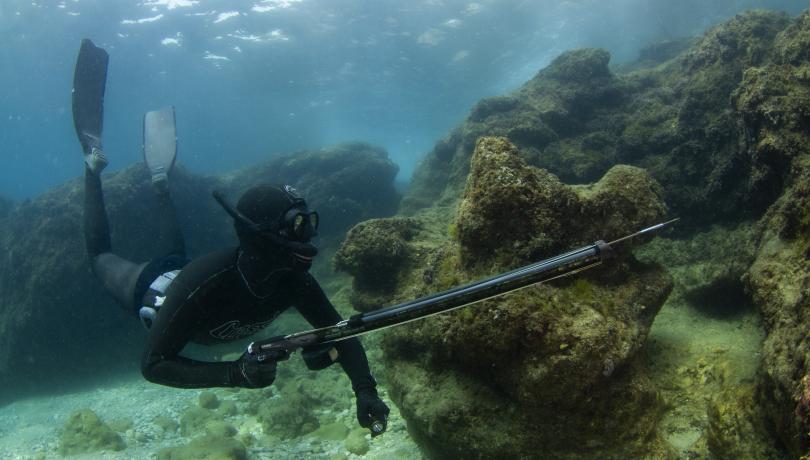ICM researchers assure that the analysis of recreational fishing videos has made it possible to identify changes related to the size and distribution of iconic species.

We are living a digital revolution and many aspects of our lives are constantly occurring online. Such revolution triggered the emergence of iEcology and conservation culturomics, which are two emerging research areas that study ecological patterns and human-nature interactions from online digital data.
A good example is represented by video footages of recreational fishing posted on platforms such as YouTube. These videos provide marine scientists with a wealth of information that can be used to reveal key ecological insights about marine species.
This has been demonstrated by a study recently published in the journal Science of the Total Environment in which have participated researchers from the Institut de Ciències del Mar (ICM) of Barcelona and other research centres. According to the article, the analysis of recreational fishing videos has made it possible to identify changes related to the size and distribution of iconic species such as groupers.
“This study shows that there is a huge amount of digital data waiting to be harnessed”, states Juan de la Cierva postdoctoral fellow at the ICM and lead author of the study Valerio Sbragaglia, who adds that “if properly analysed, digital data of recreational fishers could help us effectively monitor the changes that marine ecosystems are undergoing under the pressure of climate change and overfishing”. According to Sbragaglia, “this can really make the difference when there is a lack of resources for sampling and monitoring”.
The study focuses on videos uploaded on YouTube between 2011 and 2017 by Italian recreational fishers targeting groupers, but such approach can be extended to other species, to other phenomena such as biological invasions, and to larger spatio-temporal scales.
According to Marta Coll, researcher at ICM and co-author of the study, "these findings illustrate the value of digital data for advancing fish and fisheries research by contributing to a better understanding of macroecological patterns, assessment and conservation of exploited species, and monitoring of recreational fisheries".
Sbragaglia has also recently collaborated with a team of international experts in conservation culturomics and iEcology in setting up the scene for the expansion of these research fields from the terrestrial to the aquatic realms. The results of this collaboration are presented in an another article published last week on the prestigious journal PLOS Biology.
“This paper represents the cornerstone for all the researchers interested in applying such methodologies in the aquatic realm”, exposes Sbragaglia, who is convinced that “these research approaches are ripe to be applied in social-ecological marine research and the ongoing technological development in digital data mining techniques and automatic species identification will certain contribute to their establishment”.